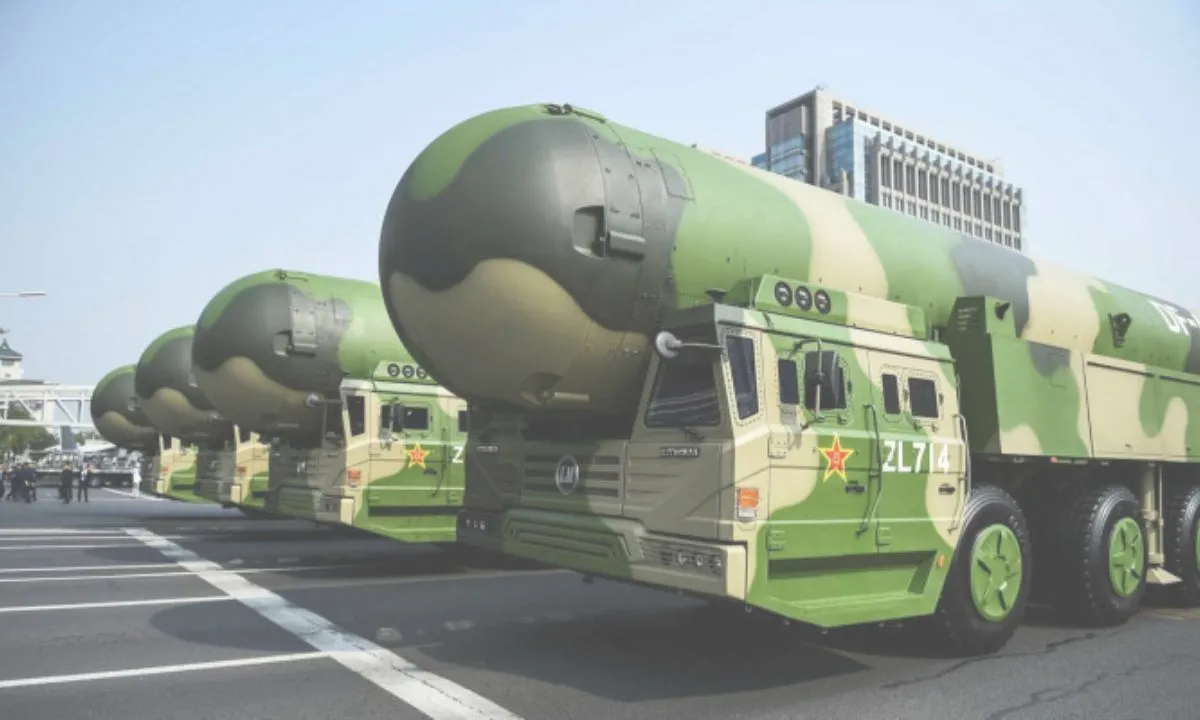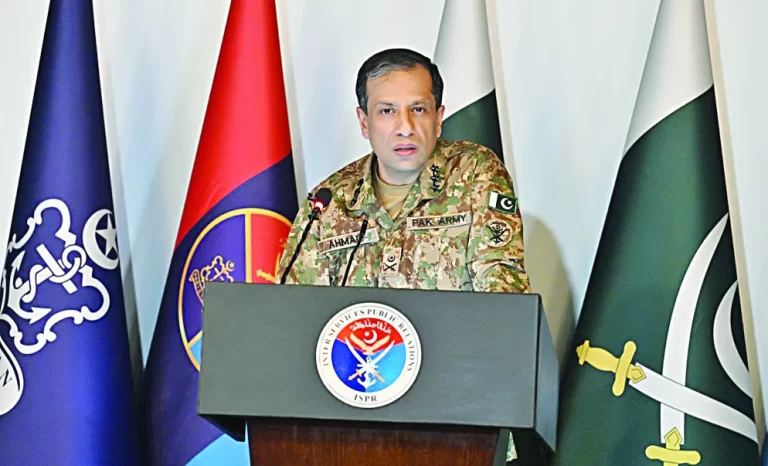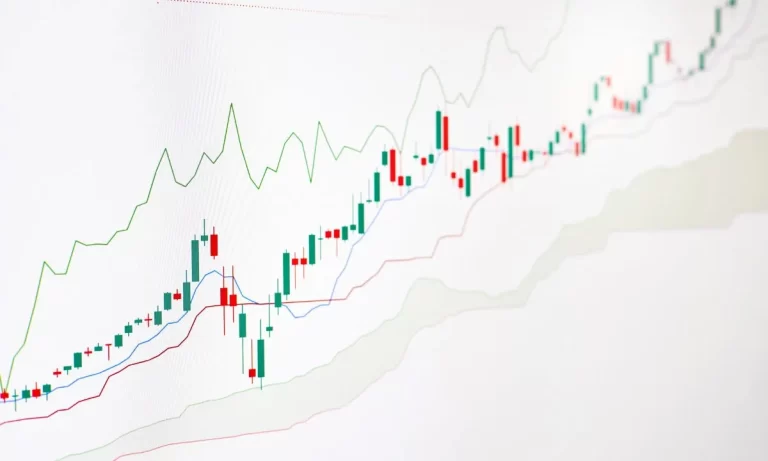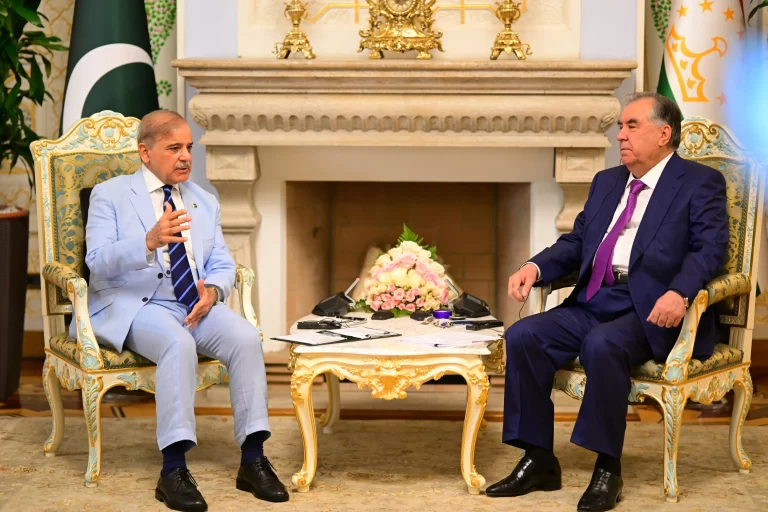Pakistan and Middle East Weaponry Purchases almost Triple
Russian Exports Plummet 53% While US Emerges as Top Provider in Asia
Zeshan Javaid

The writer is a US-based Pakistani journalist. He writes on issues related to foreign affairs, cross-border conflicts, terrorism, and extremism. He can be reached at zeeshan.javaid9@gmail.com
Rochester NY: Pakistan saw a significant rise in its arms imports, with a 43 percent increase during the last five years. In 2019–23, Pakistan emerged as the fifth largest arms importer, with China solidifying its position as its primary supplier, accounting for a significant 82 percent of its arms imports.
The arms imports from two of China’s East Asian neighbors saw a significant rise. Japan’s imports increased by 155 percent, while South Korea’s imports grew by 6.5 percent.
China’s arms imports decreased by 44 percent, primarily due to the shift from imported arms, many of which were sourced from Russia to domestically manufactured systems.
India held the distinction of being the world’s leading arms importer. There was a 4.7% increase in its arms imports from 2014–18 to 2019–23.
Despite Russia continuing to be India’s primary source of arms (making up 36% of its imports), this marks a significant shift as it is the first time in over five decades that deliveries from Russia (or the Soviet Union before 1991) accounted for less than half of India’s arms imports.
The Middle East receives significant quantities of arms, primarily from the United States and Europe.
In 2019-23, the Middle East received a significant share of international arms transfers, accounting for thirty percent.
Three countries from the Middle East, including Saudi Arabia, Qatar, and Egypt, were among the top 10 importers in 2019-23.
In the period from 2019 to 2023, Saudi Arabia emerged as one of the leading importers of arms globally, accounting for 8.4% of total arms imports.
The rate of Saudi Arabian arms imports experienced a decline of 28 percent during 2019-23. However, it is worth noting that this decrease was observed from a previously unprecedented level recorded between 2014-18.
Qatar significantly boosted its arms imports, experiencing a substantial increase of nearly four times the previous amount.
This rise in arms imports has positioned Qatar as the third-largest arms importer in the world during the specified period.
The USA accounted for the largest share of arms imports by Middle Eastern states at 52 percent, with France, Italy, and Germany also contributing significant amounts.
According to Zain Hussain, a researcher at SIPRI, there has been a decrease in arms imports to the Middle East overall.
However, certain states still have high levels of arms imports, which can be attributed to ongoing regional conflicts and tensions.
Weapons that have been brought into the region over the last decade have been extensively utilized in various conflicts, such as those in Gaza, Lebanon, and Yemen.
Several states in the Gulf region have acquired significant quantities of weaponry for the purpose of addressing the situation in Yemen and countering regional influences.
In the period of 2019-23, the United States saw a significant increase in its share of arms imports by European states, with around 55% of the total.
This marks a notable rise from the previous period of 2014-18, where the US accounted for only 35% of the imports. ‘Over half of arms imports by European states are sourced from the USA,’ remarked SIPRI Director Dan Smith.
‘Simultaneously, Europe accounts for approximately one-third of global arms exports, which includes significant quantities being sent beyond the region, showcasing Europe’s robust military-industrial capability.’, he maintained.
Various factors influence the decisions of European NATO states to import from the USA, including the aim of preserving trans-Atlantic relations alongside other technical, military, and cost-related considerations.
If there are shifts in trans-Atlantic relations in the future, it is possible that European states may adjust their arms procurement policies.
US and French arms exports experience a significant increase, while there is a notable decline in Russian arms exports.
During the periods of 2014-18 and 2019-23, there was a notable increase of 17 percent in the USA’s arms exports.
Furthermore, the USA’s share of total global arms exports experienced a significant rise from 34 percent to 42 percent. In 2019–23, the USA supplied a significant amount of arms to 107 states, surpassing its previous records and outpacing all other arms exporters by a wide margin.
In 2019-23, the USA and Western European states were responsible for a significant 72% of all arms exports, a notable increase from the 62% they accounted for in 2014-18.
‘The USA has expanded its global presence as an arms supplier, which plays a significant role in its foreign policy. It is now exporting arms to a greater number of countries than ever before.’
According to Mathew George, the Director of the SIPRI Arms Transfers Programme.
At this particular moment, the United States finds itself facing challenges to its economic and geopolitical dominance from emerging powers.
France’s arms exports experienced a significant 47% increase between 2014-18 and 2019-23, propelling it to the position of the second largest arms exporter, surpassing Russia.
France’s arms exports were primarily directed towards countries in Asia and Oceania, with a significant portion also going to Middle Eastern states.
India emerged as the top recipient of French arms exports, making up almost 30 percent of the total.
The rise in French arms exports can be attributed to the successful delivery of combat aircraft to India, Qatar, and Egypt.
According to Katarina Djokic, a researcher at SIPRI, France is taking advantage of the current high global demand to enhance its arms industry by focusing on exports.
France has achieved remarkable success in marketing its combat aircraft beyond the borders of Europe.
There has been a significant decline in Russian arms exports from 2014–18 to 2019–23, with a decrease of 53 percent.
There has been a significant decline over the past five years, with Russia exporting major arms to 31 states in 2019, but only to 12 in 2023.
States in Asia and Oceania were significant recipients of Russian arms exports from 2019-23. India accounted for the largest share at 34%, followed by China at 21%.
When examining the remaining top 10 arms exporters following the USA, France, and Russia, it is worth noting that two countries experienced an increase in exports: Italy with an impressive 86 percent rise, and South Korea with a modest 12 percent growth.
On the other hand, five countries witnessed a decline in their exports: China with a decrease of 5.3 percent, Germany and the United Kingdom both with a 14 percent drop, Spain with a 3.3 percent decrease, and Israel with a significant 25 percent decline.
European states witnessed a significant increase of 94 percent in arms imports between 2019-23 compared to 2014-18. Ukraine became the leading European arms importer in the years 2019-23, receiving significant military aid from over 30 countries since February 2022.
In the period of 2019-23, there was a significant rise in the proportion of arms imports by European states that were provided by the USA, increasing from 35% in 2014-18 to 55%.
Germany and France were also significant suppliers to the region, with Germany accounting for 6.4 percent of imports and France accounting for 4.6 percent.
‘Given the significant number of high-value arms on order, including close to 800 combat aircraft and combat helicopters, it is expected that European arms imports will continue to be at a considerable level.’ Pieter Wezeman, a Senior Researcher with the SIPRI Arms Transfers Programme, expressed his views.
‘Over the past two years, there has been a significant increase in the demand for air defense systems in Europe. This surge can be attributed to Russia’s missile campaign against Ukraine.’
In the period of 2019-23, states in Asia and Oceania received the highest percentage of major arms transfers at 37%, although this was a slight decrease from the previous period of 2014-18 when it was 41%.
Despite a general decrease of 12 percent in arms imports for the region, there was a significant increase in imports by several states.
In a significant development, the United States emerged as the leading arms provider to Asia and Oceania, marking a notable shift in the region’s dynamics after a quarter of a century.
The United States accounted for 34 percent of arms imports by states in the region, while Russia and China accounted for 19 percent and 13 percent respectively.
According to Siemon Wezeman, a Senior Researcher with the SIPRI Arms Transfers Programme, it is clear that the ongoing high levels of arms imports by Japan and other US allies and partners in Asia and Oceania are primarily motivated by concerns about China’s ambitions.
‘The USA, with their understanding of the potential challenges posed by China, is increasingly becoming a significant provider to the region.’
There have been some significant developments to take note of: The import of major arms by states in Africa has experienced a significant decline of 52 percent between the periods of 2014–18 and 2019–23.
The significant declines in imports were primarily driven by two North African countries, with Algeria experiencing a decrease of 77% and Morocco seeing a decline of 46%.
States in sub-Saharan Africa saw a 9.0 percent decrease in arms imports. China, with a significant share of deliveries to sub-Saharan Africa, has become the region’s primary supplier of major arms, surpassing Russia.
In 2019–23, Egypt ranked as the world’s seventh largest arms importer.
Its imports consisted of over 20 combat aircraft and a combined total of 10 major warships, with the intention of expanding its military capabilities.
Australia ranked as the eighth largest arms importer globally. There was a 21% decrease in its arms imports. However, in 2023, it successfully negotiated an agreement with the UK and the USA to import a minimum of six nuclear-powered submarines.
Israel’s arms imports are primarily sourced from the USA and Germany, with the former accounting for 69% and the latter for 30%.
Combat aircraft remain the primary choice for long-range strike capabilities, although there is a growing interest in the development of long-range missiles. Prohibited Bore licenses allowed to Shahbaz Gill
During the period from 2019 to 2023, six states made arrangements to acquire or preselected missiles with a range exceeding 1000 kilometers, all of which were sourced from the USA.
States in the Americas saw a 7.2 percent decrease in arms imports. The USA held the top position as the largest importer in the region, with Brazil and Canada following closely behind.








